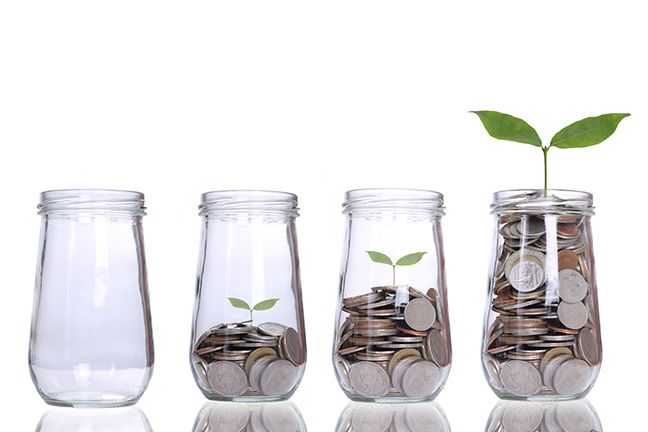
Science Behind Saving
Saving your money isn’t always easy, especially when you don’t have a lot to spare. After paying all your usual expenses, there may be very little “fun” money at the end of the month. When we do find ourselves with some extra cash, many of us rush out to buy those shoes or the new iPhone we’ve been eying instead of putting it into our savings.
Why do we do that? Why do we spend the money we planned on using for our future?
We can blame it on our brains. Behavioral science has shown that humans are hard-wired to act on impulse and that it takes conscious thought to delay gratification. It’s also much easier to focus on the present than our future.
To help you save for your future, behavioral science suggests visualizing yourself as you might look when you’re older. For instance, if you want to save for retirement, imagine yourself at age 67, living comfortably, maybe travelling the country, or having the time and the means to do something you’ve always wanted to do.
According to a study done in 2014, this technique works. The researchers took photos of 50 college students and digitally altered their photo to make them look 70 years old. The participants were instructed to study the photos. Then they were told to imagine receiving $1,000 and were asked how they’d like to use the money: buy something now for a special person or for an extravagant night out, or put that money into a retirement fund. After seeing a photo of themselves at 70 years old, the majority allocated more of the money to their retirement fund than to the other options.
Another way to help you save for your future is by making it a habit. Start with small goals. For instance, commit to putting a certain amount, say $10, into a savings account every week. If you have direct deposit, you might want to consider setting up an automatic transfer of $10 into your savings account every time your paycheck is deposited. Over time, you can gradually increase the amount by a dollar or two.
